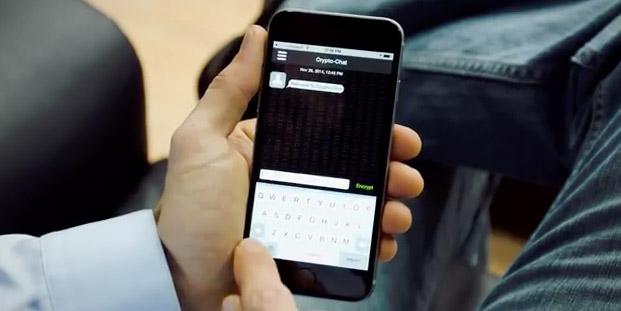A New Lion of Defense Communications
ITAMCO researchers are developing an app known by the working name SIMBA that will tap blockchain technology—the backbone of bitcoin—to transform military technology.
Researchers hope to transform military communications with blockchain technology, the backbone of bitcoin and other cryptocurrencies.
To realize this vision, the Defense Advanced Research Projects Agency (DARPA) has awarded a phase 1 grant to Indiana Technology and Manufacturing Companies (ITAMCO) to develop a secure, unhackable messaging and transaction platform for the U.S. military. ITAMCO will work to create robust and efficient technology for Defense Department communications. Uses will include communication between ground troops and their headquarters or between intelligence officers and the Pentagon.
The phase 1 grant was awarded through the Small Business Innovation Research (SBIR) program, and the program will move through three phases. During the first phase, ITAMCO intends to develop the cybersecurity architecture for the messaging app based on the company’s existing Crypto-Chat app with added blockchain technology.
Blockchain is the financial technology underpinning the bitcoin digital currency. ITAMCO describes it as a type of distributed ledger or decentralized database that keeps records of digital transactions but is not controlled by a single entity.
The working name of the ITAMCO app is SIMBA. No, it is not named after the beloved fictional character in Disney’s The Lion King. It is an acronym for Secure Message on the Blockchain Architecture.
The idea is for the app to separate the creation of messages from the way they are transferred and received. “We can use this distributed ledger technology to achieve immutable communications and secure messaging,” says Frank Pound, DARPA program manager.
ITAMCO Director of Research and Development Joel Neidig adds that the company plans to use Hyperledger Fabric, a platform for distributed ledger solutions, for added security.
ITAMCO expects to be in phase 2 of the project by next August and phase 3 by 2020. Phase 2 will include developing and evaluating a prototype of the app, and phase 3 will consist of the platform's implementation and commercialization. A web-based version of the app and the iOS app will be available as well.





Comments